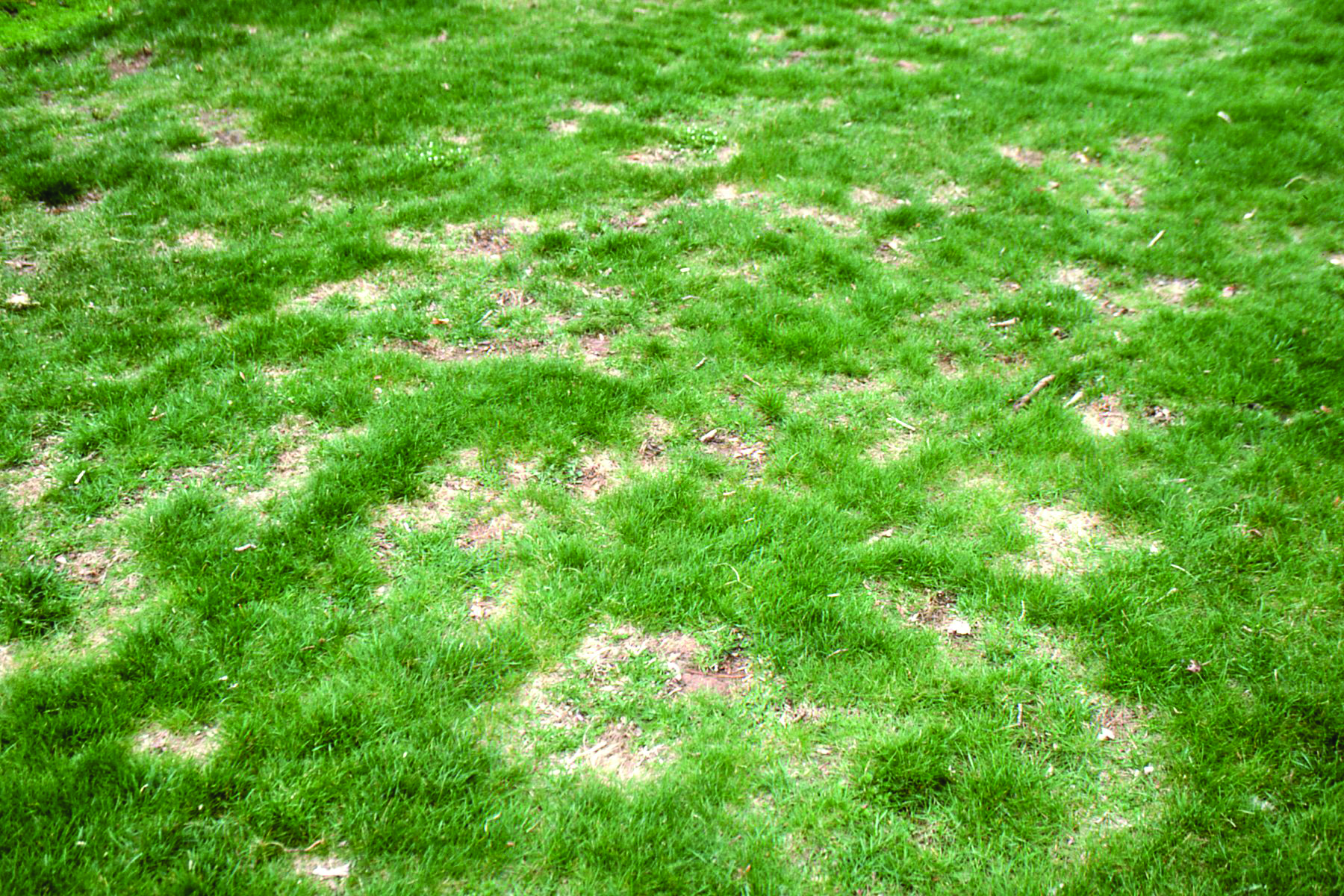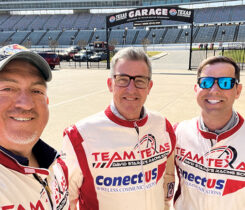Industry experts share why prevention is key to managing necrotic ring spot

Tom Hsiang
As a perennial root disease, necrotic ring spot (NRS) not only grows on roots — it attacks them as well. It’s also a highly-persistent disease, growing on the same patch of infected plants year after year.
Kentucky bluegrass is more vulnerable to NRS than any other type of turfgrass, leading to rings that superintendents struggle to remove. The primary reason? The damage already occurred in the turfgrass before visible signs of the disease. Additionally, NRS grows slowly, resulting in apparent damage several months after infecting the roots.
“The rings will become larger year by year,” says Tom Hsiang, Ph.D., plant pathologist and professor at the University of Guelph’s school of environmental sciences. “Hence, it’s important to prevent NRS from developing in the first place.”
Control Methods
Hsiang says superintendents can remove diseased areas and asymptomatic turf from the course.
“If superintendents wish to physically dig out and remove disease patches, which can be up to half a yard across, they should also take some nonsymptomatic turf from outside the ring (perhaps up to 6 inches outside the ring),” he says. “This will ensure infected asymptomatic turfgrass is taken away, too.”

Being proactive matters when managing necrotic ring spot. Experts say it’s crucial to treat turf before signs of damage appear. (Photo: Syngenta)
To contend with NRS, Hsiang advises superintendents to decrease the irrigation on their course’s Kentucky bluegrass while maintaining higher mowing heights. After all, wet environments, including regular irrigation, enhance NRS. Therefore, by diminishing their irrigation, superintendents will reduce NRS as well.
Superintendents need to remember that NRS will develop and infect roots during cool and wet periods, particularly throughout the spring and fall in northern climates. Yet, they usually won’t notice its symptoms until summer, when drought stress often occurs.
“If superintendents apply fungicides when symptoms are first seen, they generally have little effect because the fungus may be dormant at that time,” Hsiang adds. “If they react faster by applying fungicides sooner, their respective course’s NRS will decrease, leading to a healthier turfgrass.”

Jesse Benelli, Ph.D.
Envu
Jesse Benelli, Ph.D.
Greens solutions specialist
To treat necrotic ring spot (NRS) preventively, superintendents should consider making two applications, usually just after Easter and then again right around Memorial Day weekend, as soil temperatures should be around 60 degrees F by then. They can use any combination that includes DMI fungicides and strobilurin, such as a DMI QoI combination. I suggest spraying and then watering it in immediately. Ignore labels that suggest watering in fungicides within seven days. Instead, superintendents should water in each application quickly as they can — to 1/10 of an inch, to ensure it’s down into their soil profile. They can treat their course’s NRS when they treat fairy ring, as the timing of each application is similar.

Ben Pease, Ph.D.
The Andersons
Ben Pease, Ph.D.
Turfgrass agronomist
To prevent NRS fungicide resistance, it’s important to have proper fungicide timing and placement. Fungicides need to reach the roots, often requiring irrigation for movement into the root zone. While NRS mostly occurs in cool, wet conditions during the spring or fall, preventing drought stress and core aeration to reduce thatch may decrease disease development. Furthermore, it will increase the likelihood the fungicide reaches the root zone. To diminish NRS, superintendents can rotate fungicide chemistries and application techniques (spray or granular). They can also easily use granular fungicide and fertilizer products on a spot-treatment basis, such as 6-0-12 or 23-3-5 with thiophanate-methyl and iprodione. In addition, fungicide-only granular options are available, such as azoxystrobin with propiconazole.

Bret Corbett
Prime Source
Bret Corbett
Product development manager
A root-infecting fungus known as Ophiosphaerella korrae causes NRS. Typically not detrimental to Kentucky bluegrass and annual bluegrass, the disease does have a significant impact. Moderate to severe outbreaks will cause unsightly appearances and affect playing surfaces. This is especially true on golf greens with mixed annual bluegrass and creeping bentgrass. For effective fungicide control, superintendents should apply them when environmental conditions favor the pathogen (60 to 70 degrees F). It’s important for resistance management to rotate between different active ingredients. Actives that have good activity on NRS include thiophanate-methyl, propiconazole, fenarimol, iprodione, myclobutanil azoxystrobin and propiconazole. To improve fungicide performance, superintendents should consider executing their irrigation after they apply fungicides to ensure the root zone receives them.

Lane Tredway, Ph.D.
Syngenta
Lane Tredway, Ph.D.
Technical services manager
The risk for fungicide resistance to occur in the NRS pathogen is very low. There has never been a documented case of fungicide resistance in NRS or similar diseases like spring dead spot, summer patch or take-all patch. To reduce the risks even further, superintendents can incorporate QoI and DMI fungicides into their preventive programs while using rotations, tank mixtures or premix products, including these modes of action. If these chemistries fail to provide acceptable control, superintendents should submit a sample to a diagnostic lab for confirmation that NRS is the primary culprit. For more information on NRS, please visit pages 86 and 87 of the recently updated Compendium of Turfgrass Diseases, Fourth Edition.












